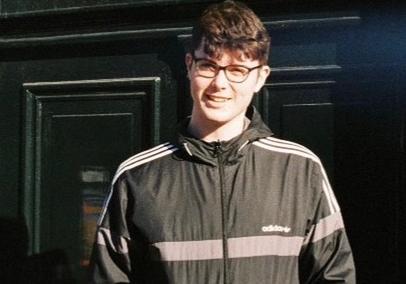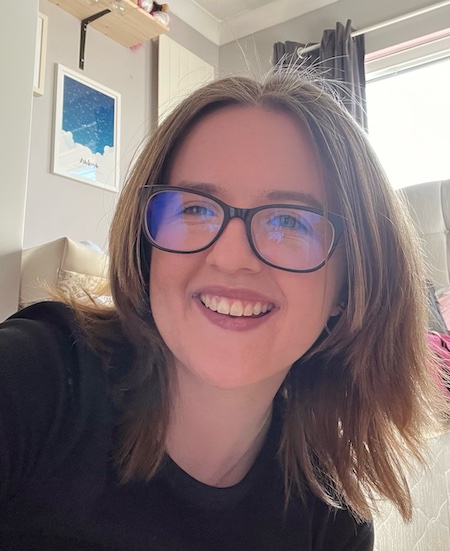Childhood Cancer Awareness month: Using ‘digital twins’ to mitigate devastating long-term effects of treatment
Tuesday, 12 September, 2023
The UCD HHIT Series is back! Next Tuesday, September 19th at 2pm, host Prof Patricia Maguire welcomes Prof Walter Kolch onto the Human Health, Impact and Technology [HHIT] 15-minute webinar series. The director of Systems Biology Ireland will speak about precision oncology and how developing ‘digital twins’ of cancer patients might potentially mitigate both short and longer-term side effects of cancer treatment.
(opens in a new window)Register for this event
-930x500.png)
Explaining pioneering science is tricky. You need to strike a balance between reaching a wide audience and doing the subject matter justice. Walter Kolch likes to use analogies.
“When engineers build a car they don’t start with a screwdriver,” he says, explaining that the ‘digital twin’ concept comes from engineering. “They build the car on the computer, they test it on the computer, they improve it on the computer - and only then do they start building it.”
Cars, he notes, are “complex machines”; the human body, even more so. Kolch’s frontier work looks at how digital twins, or computer models, of cancer patients, can be used to test and tweak drug doses and combinations in advance.
“We can try treatments on the computer first, simulate how the patient responds, and improve them before we actually give it to the patient. So that means the patient would not get the standard therapy, but a personalised treatment which has already been pre-optimised for each patient.”
It would be prohibitively expensive and time-consuming to create a computer model for each individual patient.
“So what we do is make a prototype model, for which we take data from cancer cell lines, we take public data, we take clinical data and we use artificial intelligence to integrate all this data. And this gives us a model of the patient population.”
Kolch then uses a method developed by SBI researchers called cSTAR (cell state transition assessment and regulation) which can distinguish between healthy and diseased cells.
“The cSTAR method pulls out a much smaller model of this big artificial intelligence model. And this model is sort of akin to an influencer on social media,” he says, using another analogy. “If you want to understand people, you don't need to understand every single person. But if you understand the influencer, you know exactly what the 10,000 or 20,000 followers will do.”
Kolch then measures “a handful of things” from the individual patient - “usually it is the expression of 3 to 5 proteins or mRNA transcripts”, he explains - to populate their own model.
“And that influencer control model is then the actual digital twin which carries the personalised information. This is what we use to do the simulations.”
“We can try treatments on the computer first, simulate how the patient responds, and improve them before we actually give it to the patient. So that means the patient would not get the standard therapy, but a personalised treatment which has already been pre-optimised for each patient.”
Kolch has a particular research interest in paediatric oncology. September is Childhood Cancer Awareness month and while he praises the “amazing” 80-90% cure rate, Kolch also highlights the devastating longer-term consequences that he hopes digital twin technology will help solve in the near future.
“Childhood cancer treatment is based on genotoxic chemotherapy; giving drugs to babies and small children that damage their genome. This is what causes these very nasty long-term side effects. The list includes secondary tumours, bone necrosis, infertility, hearing loss, heart problems, endocrine problems, and it goes on and on and on. And if you look at the statistics, 60-90% of childhood cancer survivors will experience a life threatening side effect before the age of 40.”
These devastating numbers are a motivation for Kolch and his research team at UCD.
“The strategy we are pursuing is using the digital twin model to try and adjust the chemotherapy to give the patient only what they need. And then optimising it so that it has fewer side effects. In the long term, of course, we would like to replace it with therapies which are not damaging the genome.”
The challenge for now is to keep cure rates high while reducing the toxicity. But Kolch says his digital twin models work well in the lab.
He and his team have also had success testing another digital twin model using retrospective data.
“This was not for reducing toxicity; this was for identifying patients who have high risk with neuroblastoma, which is a type of childhood cancer, and who need high dose chemotherapy,” he clarifies. “The predictions were extremely accurate when we compared it against historic data. We basically made digital twins on old cases and the predictions from the digital twin model matched up really well with what was observed clinically.”
“The strategy we are pursuing is using the digital twin model to try and adjust the chemotherapy to give the patient only what they need. And then optimising it so that it has fewer side effects. In the long term, of course, we would like to replace it with therapies which are not damaging the genome.”
Next Kolch will test his digital twins “in the wild”, as he says, with a study in CHI at Crumlin, the Dublin children’s hospital.
“We are actually starting this in the next few months, together with professors Owen Smith, Cormac Owens, Jonathan Bond, and clinical colleagues at Crumlin. This study, hopefully, will provide us with enough proof of concept to enable us to design a proper clinical trial where we can test the digital twins. At the moment they perform well in the lab. But sometimes something that works well in the lab may not necessarily work well in the harsh reality of a busy clinical environment. So we need to take that step to make sure that the models really perform.”
The need, certainly, is great.
“Having survived childhood cancer, you’re not the same as before. The side-effects start during treatment and then they continue. In a way it is almost a chronic condition. This is really why it’s so important to come to grips with it.”
(opens in a new window)Register for Walter Kolch HHIT series event

